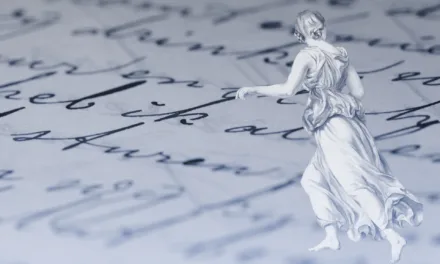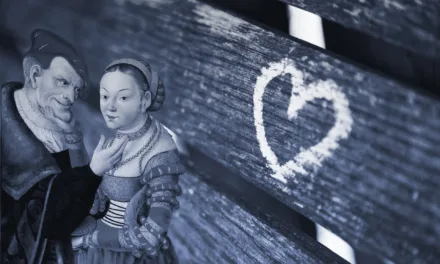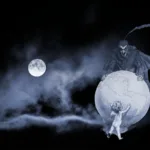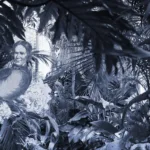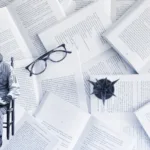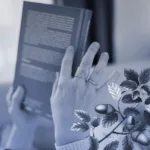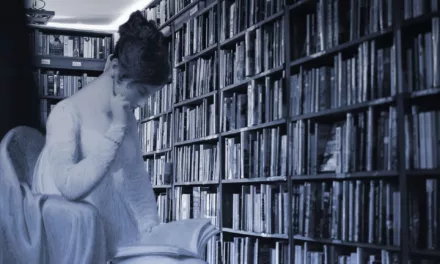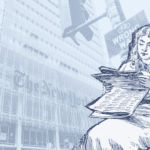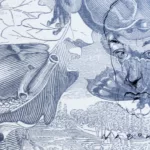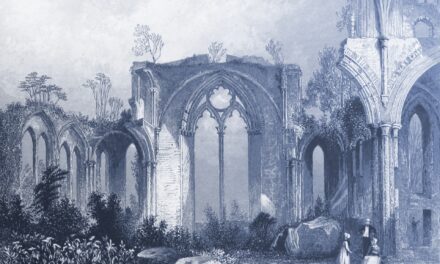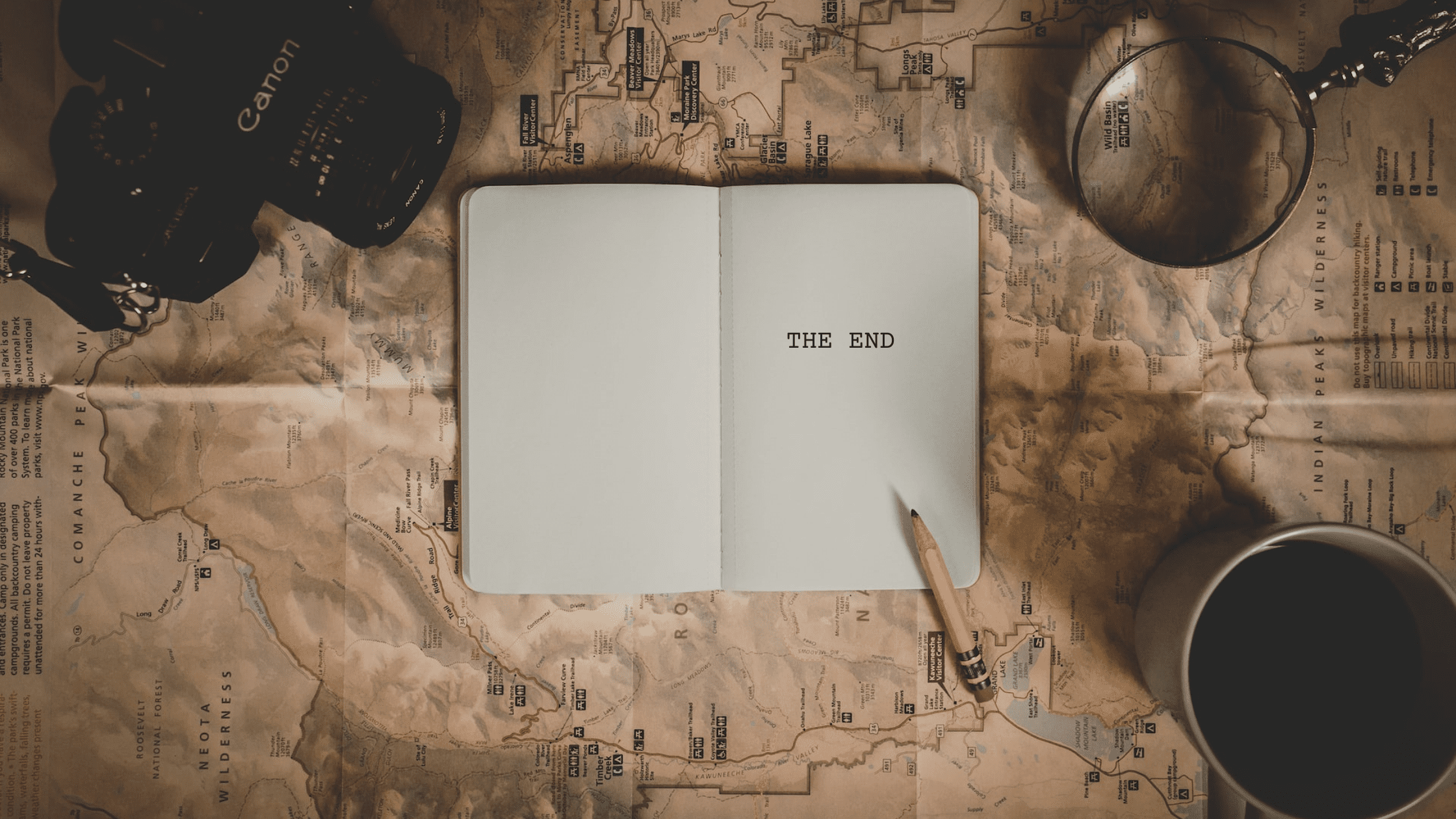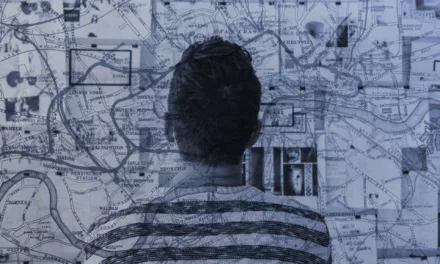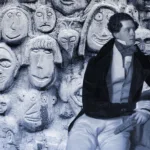
How do you write a montage?
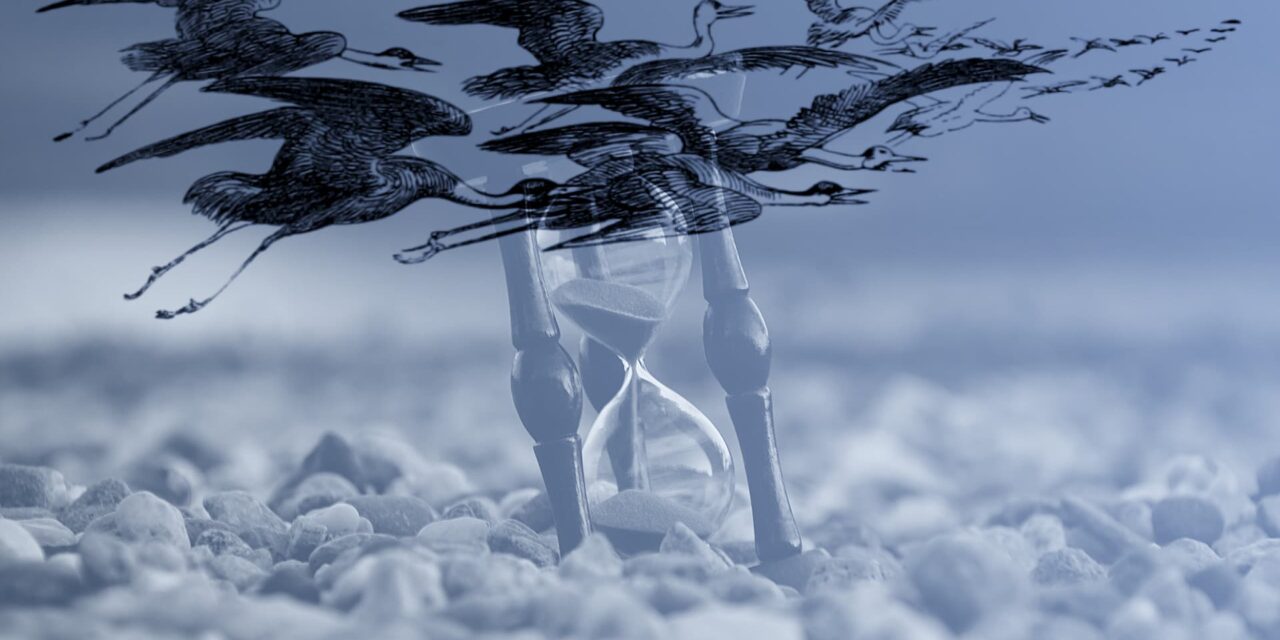
“I’m currently writing a story where, in the beginning, I want to show something almost like a montage of my character doing the same thing day after day, longing for change.
I know in a cinematic format, I’d show that as a montage (as previously stated) where he’s actively shown getting more tired and drained.
Do you have any advice on how to put that into a writing format?“
Every story has moments that need to breathe, and moments that need to fly. As writers, we often face that tricky challenge: how do we show those moments of change without losing our readers along the way? A montage is a storytelling technique that lets us capture life’s long arcs in just a few powerful moments. Think of a montage as your literary time machine. It lets you compress time to show your character growing and learning.
What is a montage?
A montage lets you weave together a series of connected scenes or images to convey the passage of time or the development or a setting or character. Writers use montages to bridge major plot points without losing readers through unnecessary exposition. A carefully crafted montage can elegantly compress hours, days, or even years into just a few impactful paragraphs. A montage captures the essence of change while trimming away the mundane moments in between.
When should you use a montage?
Montages shine brightest during periods of character transformation, whether that’s showing a protagonist developing a new skill, learning hard lessons, or growing into a different person entirely. Other uses that aren’t character related might be showing world-changing events in your story’s world, or simply showing that time has passed between scenes. They are, however, particularly effective when establishing the growth of relationships, showing long journeys or transitions, or highlighting parallel events and themes that echo throughout your story.
Essential elements for an effective montage
Thematic consistency
- Maintain a clear through-line that connects all scenes
- Focus on a single character trait or story element
- Use recurring symbols or motifs
- Ensure each scene builds upon the previous one
- Keep the emotional tone consistent
- Choose scenes that reflect your story’s broader themes
- Link scenes with transitional phrases or imagery
Structural Components
- Have a strong opening scene that establishes the montage’s purpose
- Give clear transitions between scenes
- Create a natural progression from start to finish
- Have varied scene lengths for rhythm and pacing
- End on a powerful closing scene that shows clear progression
Sensory details
- Include vivid imagery that engages multiple senses
- Use specific details that anchor each scene
- Create emotional connection through carefully chosen descriptions
- Balance showing versus telling
- Descriptively show the passage of time alongside changes in character and setting
Techniques for writing montages
- Identify the primary purpose of your montage
- Choose scenes that show significant change or progress
- Include contrasting moments for dramatic effect
- Focus on key emotional beats
- Eliminate redundant or unnecessary scenes
- Use active verbs to maintain momentum
- Keep descriptions concise but impactful
- Vary sentence structure for rhythm
- Incorporate time markers naturally
- Use time-based phrases to connect scenes
- Create thematic links between sections
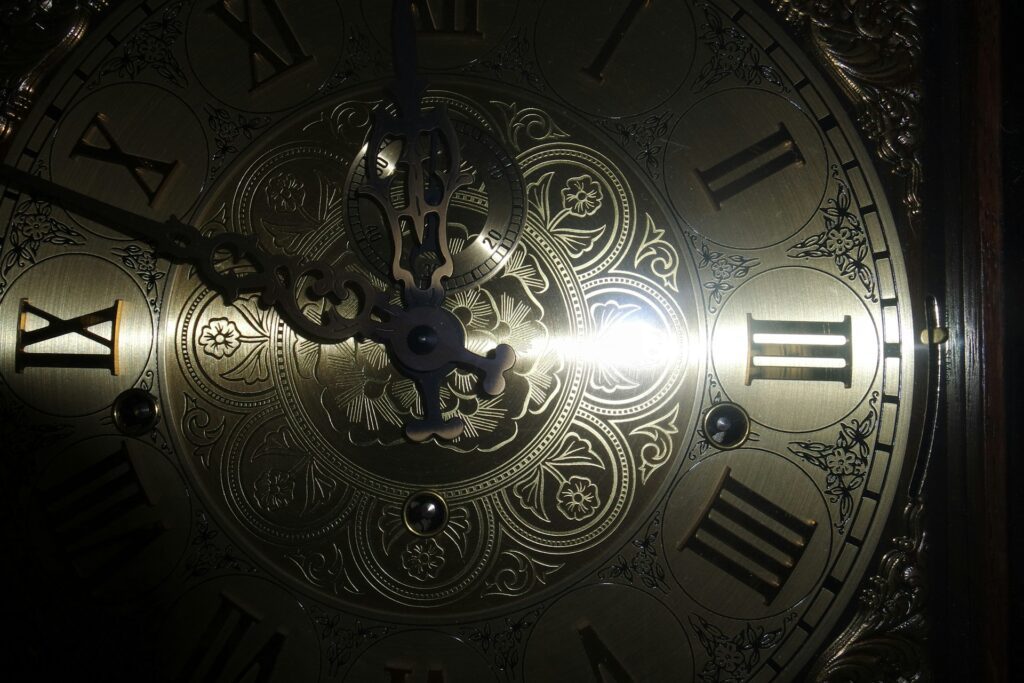
Tips for writing the passage of time
Time is a crucial element in writing a montage. From linear progression to flashbacks and foreshadowing, it gives you complete control of how it will unfold.
Here are some tips to write the passage of time:
Use the natural world
- Describe the changing seasons
- Show plant growth and death
- Visualise the ebb and flow of tides
- Describe the decomposition of flora and fauna
- Describe how landscapes change on long journeys
- Use the weather to illustrate time jumps
- Illustrate the effect that shifting shadows have on a location
- Use heavenly bodies like stars, the rise and set of the sun, and phases of the moon
Describe physical activities
- Show family gatherings and how they change over the years
- Describe the process of finishing a creative pursuit
- Create repetitive activities and routines
- Have a character engage in an activity, like gardening, that visually changes the landscape
- Have your characters learn a new skill
- Write a change in location that requires a journey to get from point A to point B
- Use your setting’s seasonal celebrations to illustrate a time shift for individual characters and their world
Use sound
- Describe the ticking of clocks
- Have your characters’ voice change with their age
- Illustrate changing musical styles
- Have your characters improve an audible skill like singing, swordplay, or learning a musical instrument
- Show a character’s conversational style changing as they grow
- Use the sounds of nature, like leaves becoming brittle as they crunch underfoot, or rain turning into storms
- Use silence to illustrate it getting late
Describe objects
- Have food left out go mouldy
- Illustrate buildings and settings being overtaken by nature
- Show the lifecycle of a family heirloom
- Describe textiles fading and degrading over time
- Describe the freshness of paint; is it wet and glistening, or cracked and dry?
- Illustrate technological change and advancement
- Describe the repairs in a beloved object
- Show a common object like a pencil to describe how it changes with use
Common pitfalls to avoid when writing a montage
- Don’t make scenes too detailed or long
- Don’t include unnecessary dialogue — most montages won’t include any dialogue at all, so if you do include it, make sure it serves a very clear purpose
- Don’t lose focus on the main theme that your montage is serving
- Avoid choppy or jarring transitions
- Don’t include irrelevant scenes. It’s far too easy to over-describe, so with a montage, you need to do a lot of self-editing to keep it from being overlong
- Always show progression. Whatever purpose your montage serves, there should be a clear difference from how it begins to how it ends
- Don’t over-explain changes. Trust your readers to put things together on their own
Experimental approaches
Not all montages need to be written out as narrative scenes. There are lots of different techniques you can try to write an effective montage. Here are some that can work really well:
- Diary or journal entries
- Letters or emails
- Social media posts
- News headlines or articles
- The passage of time seen from multiple points of view
- Reversing the chronology
- Parallel character developments
Some writing exercises
- Write a short piece showing a character learning a new skill over time
- Write a brief sequence showing seasonal changes
- Develop a relationship from start to finish showing its most important moments
- Try your hand a writing a montage using unconventional time markers. This is also a good exercise for non-linear storytelling!
The key to a successful montage lies in its ability to efficiently show change while keeping readers engaged. The best montages feel natural and seamless while effectively moving your story forward. All it takes is practice and attention to detail!

